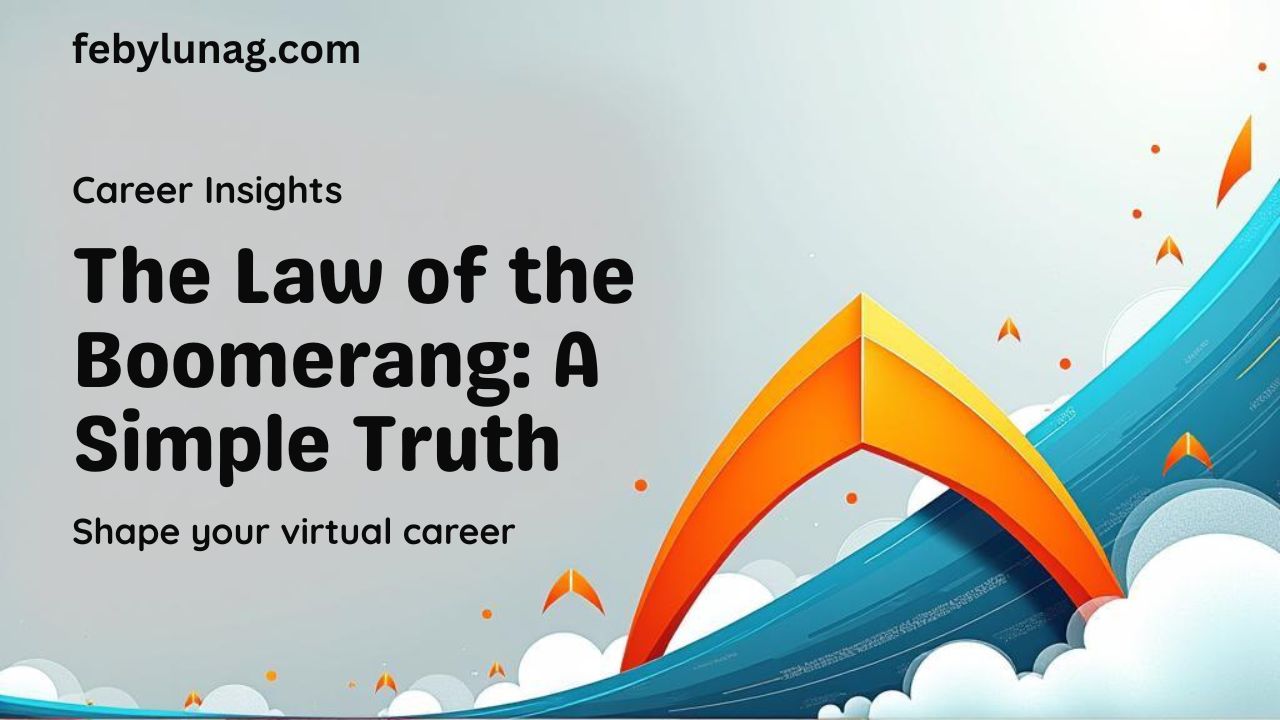Remote work offers flexibility, freedom, and the ability to work from anywhere—but it also comes with its own set of stressors. From endless notifications to blurred work-life boundaries, remote professionals often find themselves overwhelmed, distracted, and burnt out. That’s where mindfulness comes in.
In this blog, I’ll walk you through practical mindfulness techniques that help me stay focused and calm throughout the day—right from my desk. Whether you’re a virtual assistant, freelancer, or remote employee, you can benefit from integrating a few intentional habits into your workday. Let’s dive into the practices, tools, and mindset shifts that can help you create calm in the chaos.
What Is Mindfulness and Why Does It Matter?
Mindfulness is the practice of bringing your full attention to the present moment—without judgment. It’s not about emptying your mind or being perfectly still. It’s about noticing—your thoughts, breath, body, and environment.
For remote workers, mindfulness can help:
- Reduce anxiety and stress
- Improve focus and productivity
- Increase emotional regulation
- Prevent burnout
- Improve communication and creativity
In a world of multitasking, mindfulness brings you back to one task at a time—and that changes everything.
My Desk-Friendly Mindfulness Routine
Here’s a snapshot of how I weave mindfulness into my daily workflow:
| Time | Activity | Purpose |
|---|---|---|
| Start of Day | 5 deep breaths before logging in | Grounding and transition from personal to work mode |
| Mid-Morning | Mindful tea/coffee break (no phone!) | Reset and sensory focus |
| Before Lunch | 5-minute desk meditation | Release tension, realign energy |
| Afternoon | Stretch and breathe every 90 mins | Prevent physical fatigue and mental clutter |
| End of Day | Gratitude note or journal entry | Reflect and shift into rest mode |
1. Breathwork You Can Do Without Leaving Your Chair
You don’t need a yoga mat or meditation app to practice breathwork. Try this anytime you feel tension rising:
Box Breathing (4-4-4-4 Method):
- Inhale for 4 seconds
- Hold for 4 seconds
- Exhale for 4 seconds
- Hold for 4 seconds
Repeat for 1–2 minutes. This activates your parasympathetic nervous system—aka your calm mode.
2. The Power of a Single-Task Focus
Multitasking is a myth. It splits your attention, slows you down, and increases stress. Mindfulness helps you stay focused on one task at a time.
How to practice it:
- Close all unrelated tabs
- Silence notifications
- Set a timer for 25 minutes (Pomodoro)
- Fully immerse in just one task
After the timer, take a 5-minute mindful break (stand up, stretch, sip water without a screen).
3. Mindful Movement at Your Desk
Sitting too long dulls your focus. Add mindful movement to your day with stretches you can do in 2–5 minutes.
| Movement | Benefit |
| Neck rolls | Releases shoulder tension |
| Seated spinal twist | Refreshes your spine and posture |
| Wrist circles | Prevents fatigue from typing |
| Shoulder rolls | Loosens upper body |
| Seated forward fold | Calms the nervous system |
Try doing 2–3 of these after long focus blocks.
4. Create a Mindful Workspace
Your environment impacts your mindset. A cluttered desk = a cluttered mind. Make your workspace a calm space.
Quick Fixes:
- Clear visual clutter from your desk
- Add something living (a plant!)
- Use a calming desktop wallpaper
- Try a diffuser with lavender or peppermint
- Keep a gratitude journal nearby
5. Use Tech for Mindfulness, Not Just Work
Yes, your phone and laptop can also help you be more mindful. Try these tools:
| Tool | Purpose |
| Insight Timer | Free guided meditations (great for breaks) |
| Headspace | Mindfulness and stress-relief tracks |
| Focus@Will | Music designed for concentration |
| Forest | Blocks distractions, grows a digital tree while you focus |
| Notion | Create a “Mindful Moments” journal template |
6. Mindful Email and Communication
Don’t rush replies. Pause before hitting send. Read it out loud. Ask: Is this clear, kind, and necessary?
Try this email breath break:
- Take 1 breath before opening an email
- Take 1 breath after reading, before replying
- Then write
This tiny pause adds intentionality to your communication.
7. Practicing Gratitude at Work
It’s easy to forget wins and progress when you’re busy. Practicing gratitude boosts resilience and reminds you of what’s working.
Ideas:
- Start or end your day writing 1 thing you’re grateful for at work
- Keep a “small wins” journal (client praise, finished task, courage moment)
- Celebrate effort, not just outcomes
8. Set a Mindful End-of-Day Ritual
When you work from home, it’s hard to “switch off.” Create a short ritual that signals the end of your workday.
My wind-down includes:
- Reviewing tomorrow’s top 3 tasks
- Logging off Slack and email
- Turning off my laptop and closing the lid with intention
- Lighting a candle or stepping outside
This helps your brain transition from work to rest.
Bonus: Mindfulness Prompts for Remote Workers
Use these questions in your journal or during breaks:
- What does my body need right now?
- What task is asking for my full attention?
- Where am I rushing—and why?
- How can I bring more ease into my next 30 minutes?
- What’s one small thing I appreciate about today?
Final Thoughts
You don’t need a silent retreat or a meditation cushion to experience the benefits of mindfulness. With a few intentional shifts, you can turn your desk into a calm, focused, and supportive workspace.
Mindfulness isn’t about being perfect—it’s about being present. One breath, one moment, one task at a time.
Ready to try it? Pick one practice from this list and do it daily for a week. Notice what changes. And remember: a calmer mind creates stronger work.
Subscribe to my newsletter for more freelance life strategies, mindset tips, and remote work insights that keep you grounded and growing.







Leave a Reply